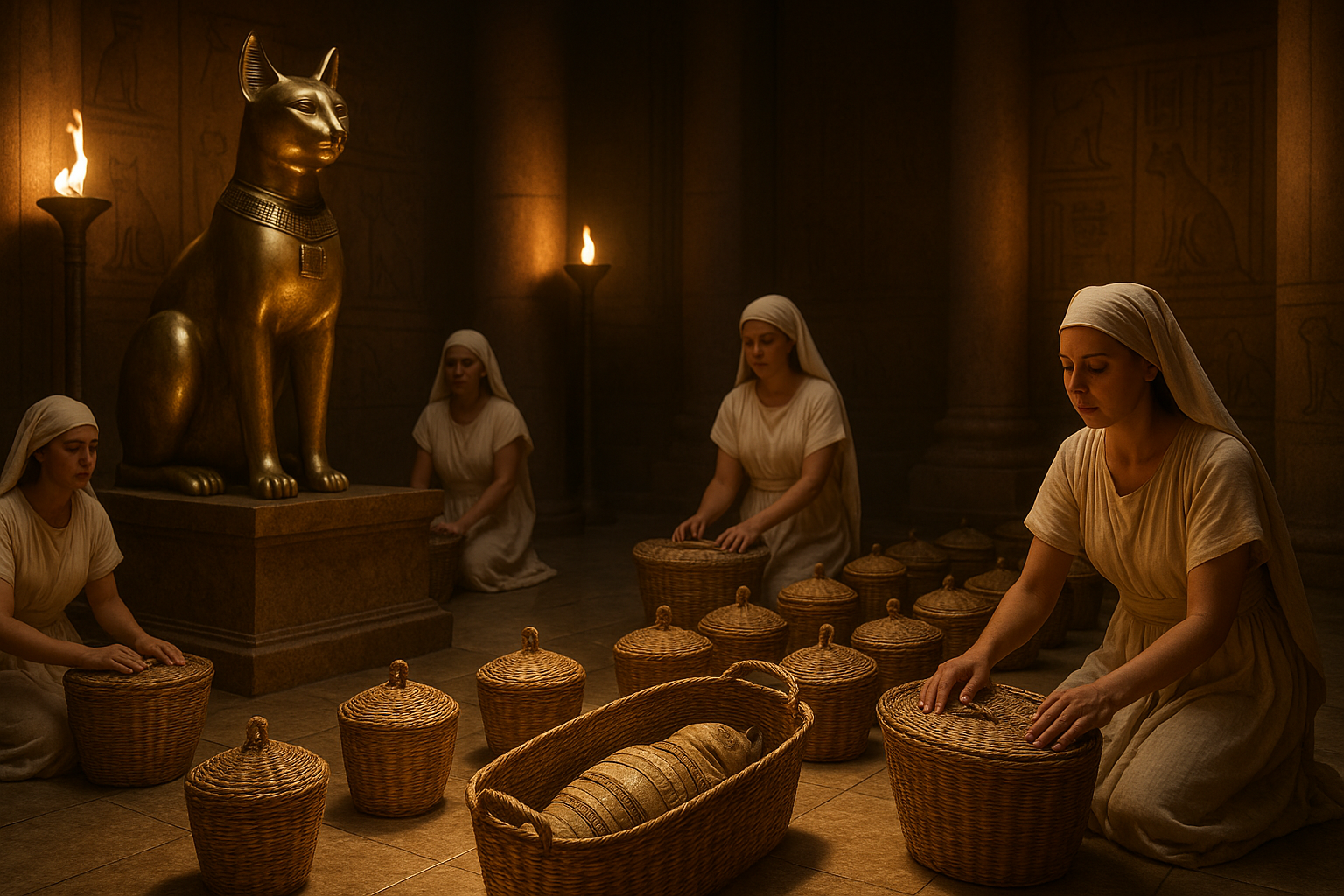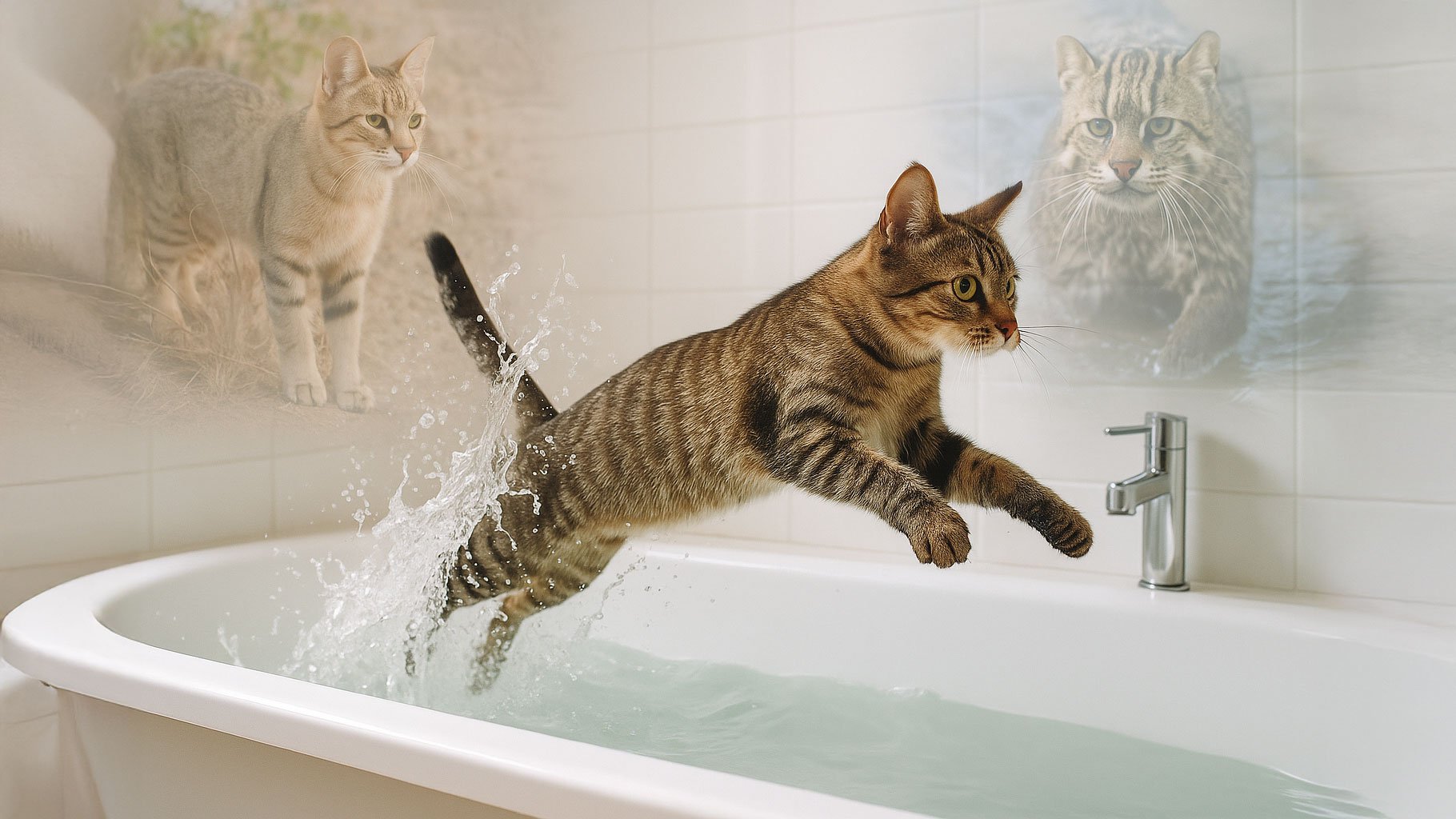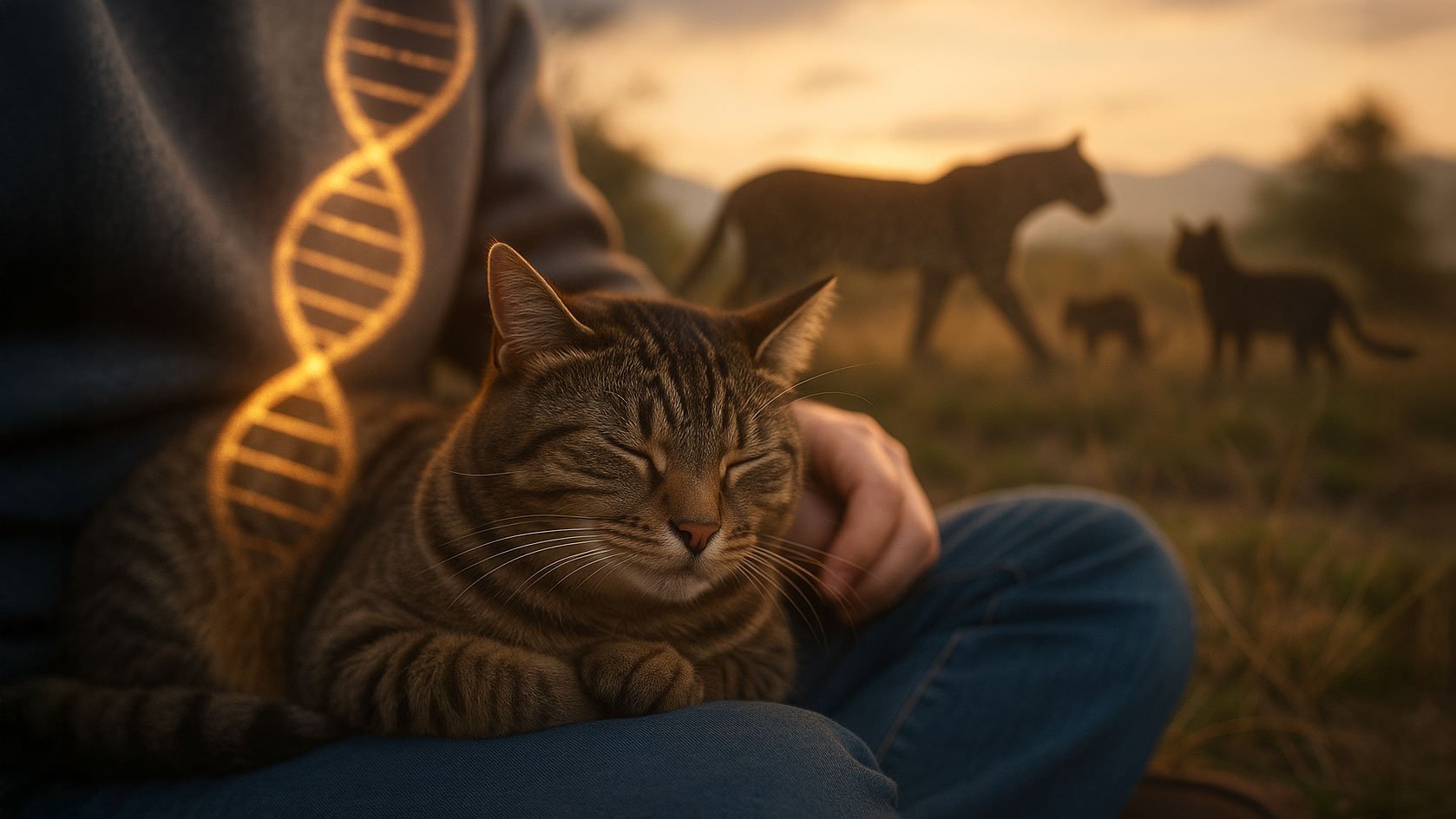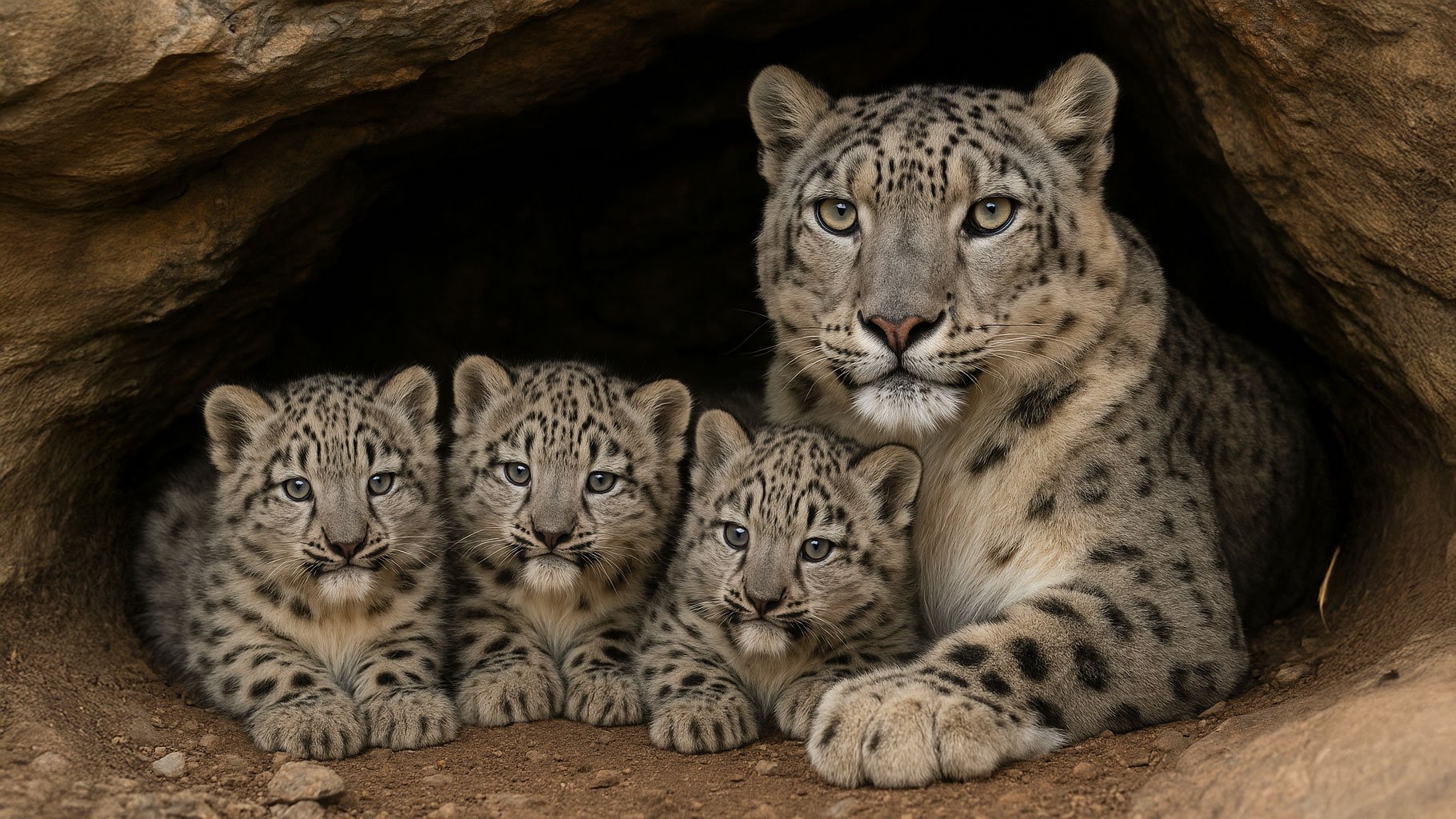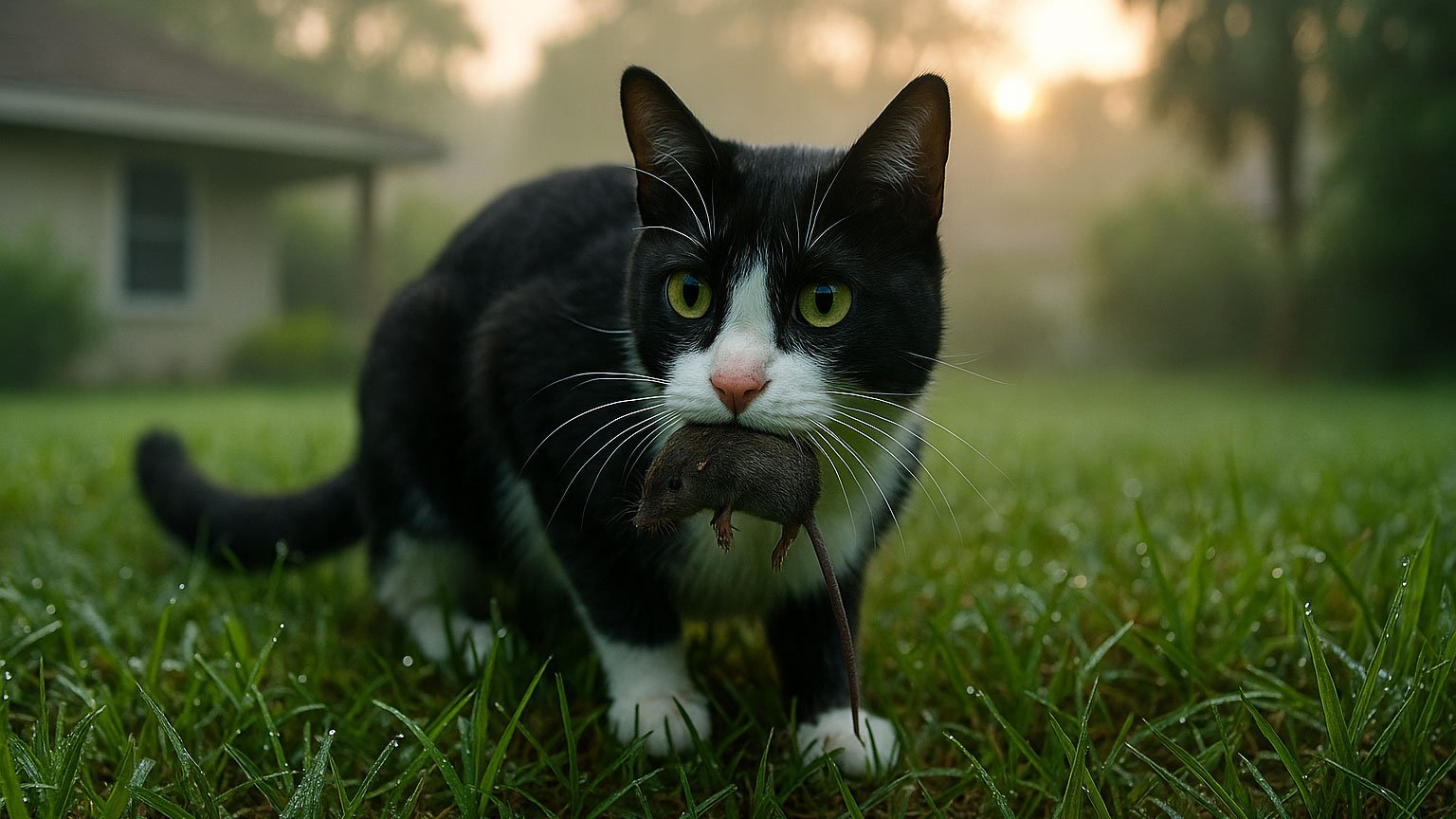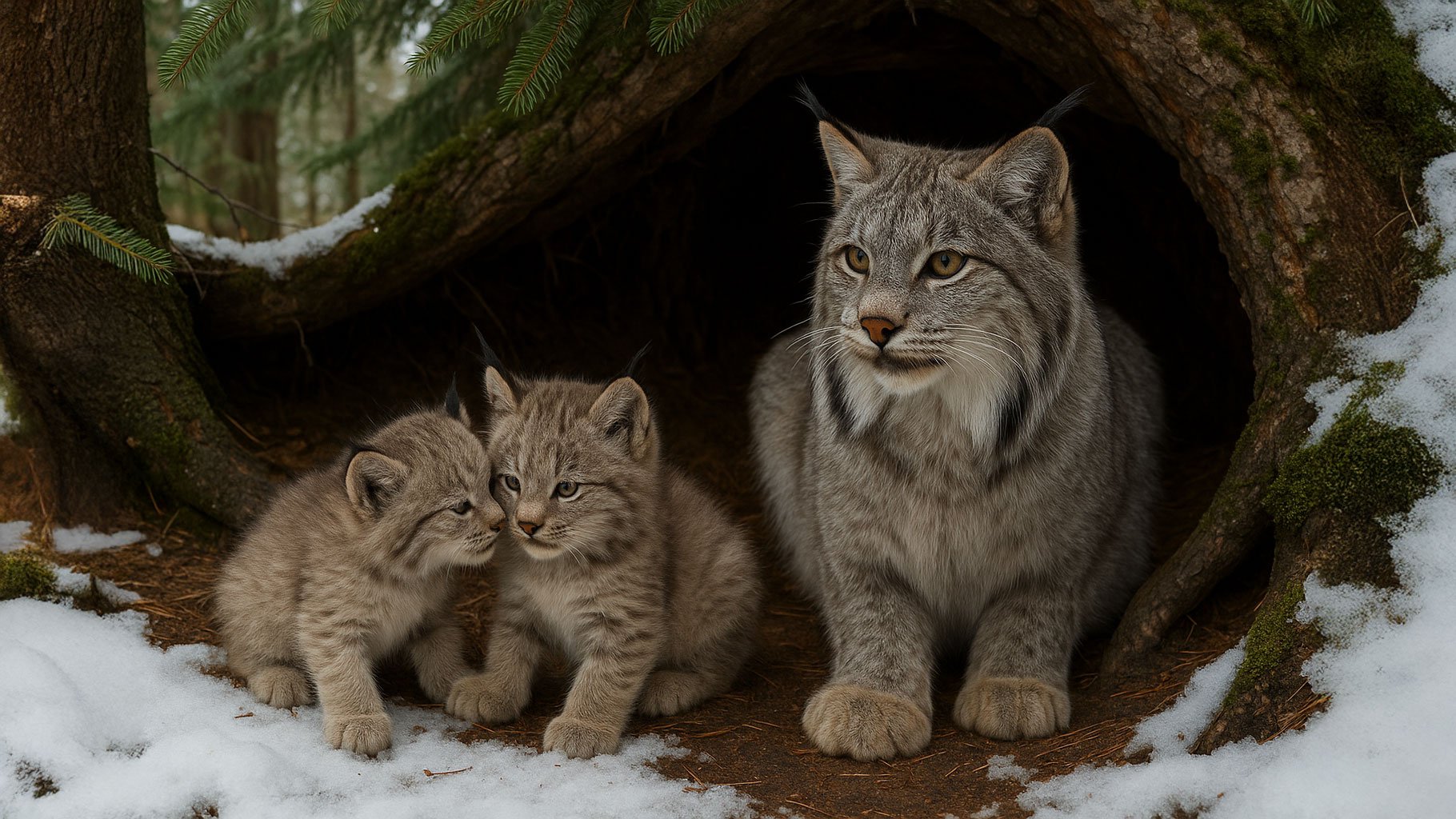The Secret in the Basket: How Bastet's Worship Gave Us the Modern Cat”
Opening scene:
🔥 Fade in to the flickering shadows of torchlight dancing along sandstone walls. Incense curls in the air like lazy smoke from a lion’s yawn. The temple of Bastet rises under a moonless Egyptian sky, its colossal feline statues watching from the stone as soft chants echo among the columns.
Processions of white-robed priests and golden-garbed priestesses stride forward in solemn reverence. In their arms, they carry woven reed baskets—ornate, sealed, sacred.
The crowd is silent.
Not one voice dares disturb the ritual unfolding before them.
These baskets are not offerings of grain or perfume.
They are far more revered, and far more chilling.
They are gifts for Bastet.
One by one, the baskets are placed before her altar. The cat-headed goddess of protection, motherhood—and something darker.
The people bow low.
And as the priests untie the silken cords, the contents of the baskets are revealed…
Cats. So many cats. Mummified, wrapped, preserved… sacrificed.
🎭 Cut to modern day, thousands of years later.
It was once believed that cats were domesticated naturally, over time, in friendly partnership with early farmers. The common narrative said that wildcats loitered near Neolithic villages, drawn by rodents sneaking into grain stores. Humans appreciated their pest-control abilities, and the two species grew close.
A wholesome origin story. Cozy. Mutually beneficial.
But recent studies have clawed apart that comforting myth—and replaced it with something far eerier.
Two groundbreaking investigations—one archaeological, one genetic—have turned the tale of cat domestication on its head.
🧬 Dr. Sean Doherty and his team at the University of Exeter looked deep into ancient bones, genetic sequences, and temple murals. Their conclusion? Domestication didn’t begin 9,000 years ago with friendly village strays.
It began in ancient Egypt, around the 2nd to 1st millennium BC.
Not for companionship. Not for catching rats.
But for mass sacrifice.
☥ In Egypt, cats weren’t pets—they were divine intermediaries. Sacred to Bastet, they were symbols of fertility, protection, and feminine power.
And so, to honor the goddess… cats were bred.
Millions of them.
Yes—millions.
Mummified cats have been unearthed in numbers so great that in Victorian times, entire shipments were sent to Britain to be ground up for fertilizer.
At Bastet’s temples, cat corpses were as common as incense burners.
And in this breeding frenzy for religious offerings, a strange thing happened.
The cats that were easier to handle, gentler by nature, more tolerant of humans—were the ones most likely to survive and be bred again. Generation after generation, temple by temple…
Until one day, the housecat was born.
⏳ A second study, examining 87 ancient and modern cat genomes, confirmed it.
Domestic cats didn’t stroll into Europe with Neolithic farmers as previously thought. They arrived much later—within the last 2,000 years—from North Africa.
That’s right: the closeness we feel with cats today isn’t from a long history of shared affection.
It’s from a history of sacrifice.
Which, perhaps, explains why cats still strut through our homes like tiny gods. They were never tamed out of love. They were elevated, idolized, bred for ritual, and raised to be holy.
They don’t just act like they own the place.
They were once worshipped as divine.
And in their minds, maybe they still are.
What can we learn from this unsettling truth?
🌍 That the origins of our relationships with animals are complex. Sometimes sacred. Sometimes sinister. But always worth reexamining.
🐾 Today, wild cats across the globe face extinction—not from sacrifice, but from deforestation, poaching, and the pet trade.
And we have the power to change their fate.
By supporting organizations like Big Cat Rescue, we can fund conservation where it matters most: in the wild, where cats still roam free—not behind glass, or cages, or wrappings of linen.
Let’s honor cats not through possession or control—but through protection.
Read more: https://www.sciencefocus.com/news/creepy-cat-domestication-sacrifice
